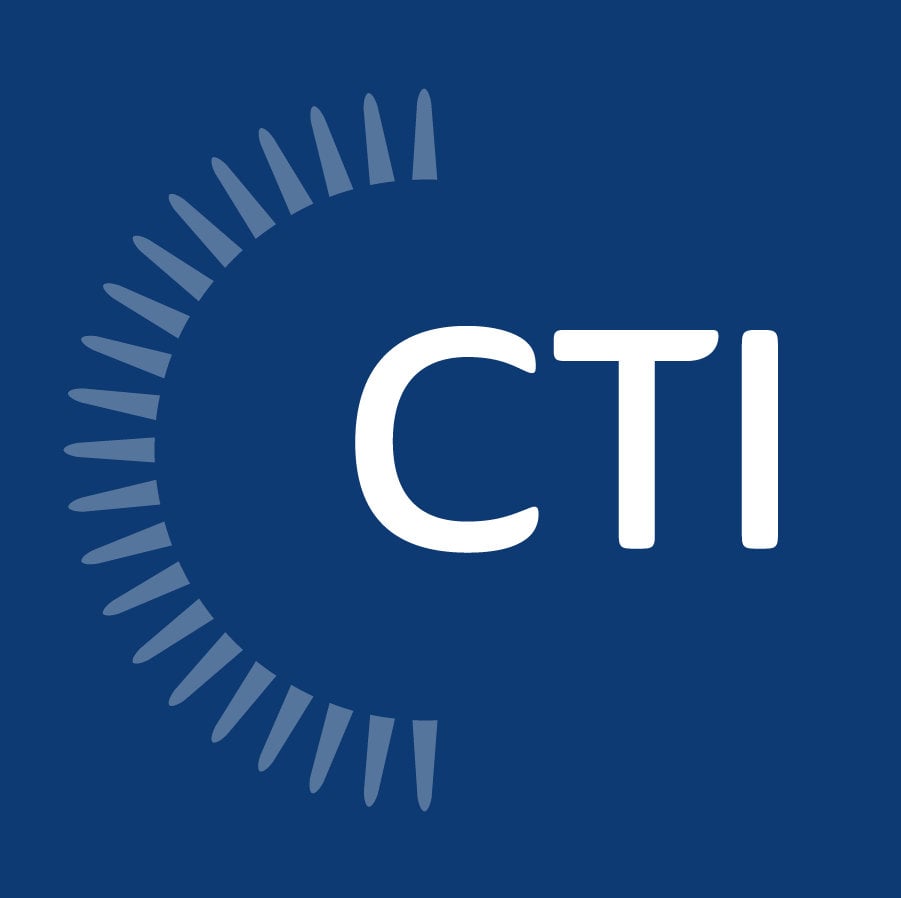
The Employee Retention Credit (ERC) has been a popular topic of conversation throughout the pandemic, yet many organizations believe they don’t qualify, and even more have yet to claim it. There is a good chance you have been inundated with emails, text messages, and phone calls indicating your business or organization qualifies for cash from the federal government. Whether you’ve been too busy to focus on it or had no idea your business was eligible in the first place, we would like to help you understand what all the fuss is about. In doing so, you may consider taking a closer look at how the ERC may apply to your situation.
What is the ERC?
The ERC is a refundable payroll tax credit that is available to employers who can demonstrate they were impacted by COVID-19. Both for profit and not-for-profit organizations are potentially eligible to receive the ERC. Introduced by the Coronavirus Aid, Relief and Economic Security (CARES) Act in March 2020, the intent of the credit was to provide financial relief to businesses that kept their employees on the payroll despite being impacted by the COVID-19 pandemic.
The ERC is available for the period between March 13, 2020, and September 30, 2021. If eligible, the credit is calculated by employee and as a percentage of wages paid during the eligible period. The credit is worth a maximum of $5,000 per employee for 2020 and a maximum of $21,000 per employee in 2021.
Learn More: Is it too late to capture the Employee Retention Credit? |
Am I eligible?
With considerations to a few caveats of the program, an organization is considered “eligible” if they satisfy at least one of the following requirements:
- Was fully or partially suspended due to a government issued COVID-19-related order; or
- Experienced a significant decline in gross receipts (calculated on a calendar quarter basis).
These eligibility requirements must be satisfied EACH quarter. For 2020, a significant decline in gross receipts during the calendar quarter begins with the first quarter in which an employer’s gross receipts for a calendar quarter in 2020 are less than 50% of its gross receipts for the same calendar quarter in 2019. For 2021, the employer must experience a 20% decline in gross receipts during quarters one, two, and three, as compared to the same calendar quarter in 2019.
The American Rescue Plan Act created an additional qualifying criterion for start-up businesses to qualify. Recovery Startup Businesses (RSB) entities may qualify for $50,000 for the third quarter and fourth quarters of 2021, respectively, if the following requirements are met:
- Began carrying on any trade or business after February 15, 2020;
- The average annual gross receipts for the prior three-taxable-year period prior to the taxable year for which the ERC is determined does not exceed $1,000,000; and
- Not be eligible for the ERC based on the suspension criteria or gross receipts decline.
What does partially suspended mean?
Examples of partial suspension provided by the IRS in Notice 2021-49 include the following:
- The employers’ suppliers are unable to make deliveries of critical goods or materials due to a government order of suspension;
- If an employer’s workplace is closed by a government order and it causes a suspension of operations;
- Research & Development activities are not able to be completed onsite; and
- If an employer is allowed to continue to operate but an order has suspended a segment of its business.
What if we received a PPP or claimed the FFCRA Credit?
When the ERC was first signed into law, an employer could not claim both the ERC and the Paycheck Protection Program (PPP). However, this restriction was lifted with the passing of the Consolidated Appropriations Act of 2021. Now, an employer may claim the ERC even if they received a PPP loan. As for the Family First Coronavirus Relief Act (FFCRA) Credit, an employer cannot claim the ERC and FFCRA Credit on the same wages.
What if I own multiple businesses?
If you own multiple businesses an “aggregation analysis” must be completed to determine if the entities will be treated as part of a controlled group of companies. Per ERC FAQ 26, Notice 2021-20, “All entities that are members of a controlled group of corporations or a group of entities under common control under section 52(a) or (b) of the Internal Revenue Code (the "Code") rules, members of an affiliated service group under section 414(m) of the Code, or otherwise aggregated under section 414(o) of the Code are considered a single employer for purposes of the application of the Employee Retention Credit rules.
Is it still available?
Yes, the ERC is still available. For eligible businesses it may be claimed retroactively on an amended 941-X payroll tax return until the close of the statute of limitations. The statute of limitations is three years from the original filing date of your payroll tax returns.
For additional information or questions contact a member of the CTI team today.



